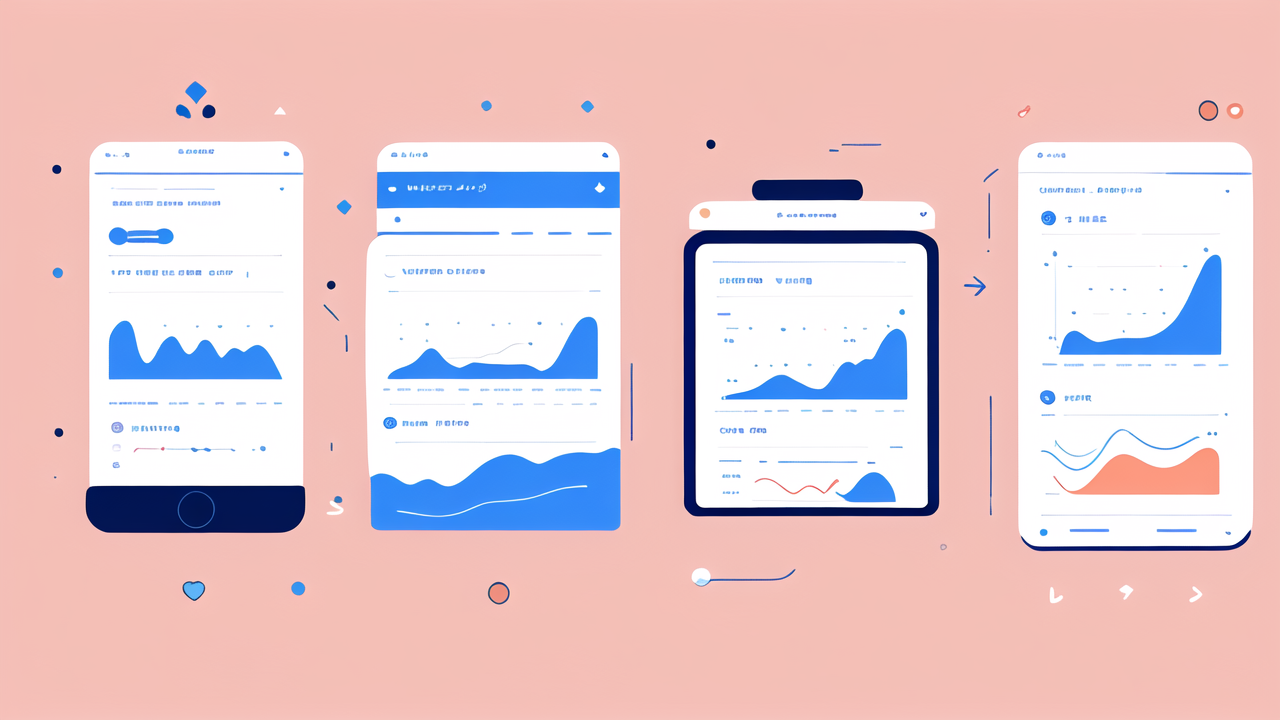The Evolution of Wearable Fitness Technology in the United States
Understanding the Advent of Smart Watches
Smart watches have come a long way since their inception. They started as simple fitness trackers. Now, they are powerful health monitoring devices. The first smart watches could only count steps. Today's models can track heart rate, sleep patterns, and even blood oxygen levels.

Apple Watch and Fitbit led the way in this evolution. They introduced features that went beyond basic fitness tracking. These devices now offer ECG monitoring and fall detection. This shift has made smart watches essential for health-conscious consumers.
The rapid growth of smart watch adoption shows their impact. More people now rely on these devices for daily health insights. This trend has sparked innovation in the wearable technology industry.
The Impact of Wearable Devices on Health and Wellness
Wearable devices have changed how we approach health and wellness. They provide real-time data about our bodies. This information helps users make informed decisions about their lifestyle.
These devices encourage regular physical activity. They set daily goals and send reminders to move. This feature has helped many people adopt healthier habits. Wearables also track sleep quality, helping users improve their rest.
Many wearables now offer stress monitoring features. They can detect high-stress periods and suggest relaxation techniques. This focus on mental health is a significant step forward in holistic wellness tracking.
Key Players in the US Wearable Technology Market
Several companies dominate the US wearable technology market. Apple leads with its Apple Watch series. Fitbit, now owned by Google, remains a strong competitor. Garmin is popular among serious athletes and outdoor enthusiasts.
Samsung has made significant strides with its Galaxy Watch line. These devices offer seamless integration with Android phones. Amazfit and Withings are gaining market share with affordable, feature-rich options.
Each company brings unique strengths to the market. Apple focuses on user-friendly design and health features. Fitbit excels in sleep tracking and battery life. Garmin offers rugged devices with advanced sports metrics.
Comprehensive Health Tracking Capabilities of Modern Wearables
Advanced Metrics for Fitness Enthusiasts and Health Professionals
Modern wearables offer a wide range of health metrics. These go far beyond simple step counting. Advanced sensors can now track:

- Heart rate variability
- VO2 max estimation
- Respiratory rate
- Skin temperature
- Blood oxygen saturation
These metrics provide valuable insights for both fitness enthusiasts and health professionals. Athletes can use this data to optimize their training. Doctors can monitor patients remotely, tracking vital signs over time.
Some devices now offer features like menstrual cycle tracking and fertility predictions. This expands their usefulness for women's health monitoring. The ability to track such diverse health data in one device is revolutionary.
Integration of AI and Machine Learning in Wearable Health Monitoring
AI and machine learning are transforming wearable health monitoring. These technologies analyze vast amounts of user data. They can identify patterns and anomalies that humans might miss.
For example, AI can detect irregular heart rhythms from ECG readings. It can alert users to potential health issues before they become serious. Machine learning algorithms can predict stress levels based on heart rate and activity patterns.
These AI-powered insights make wearables more than just data collectors. They become proactive health advisors. Users receive personalized recommendations based on their unique health profiles.
The Role of Connectivity and Data Analytics in Health Tracking
Connectivity is crucial in modern health tracking. Wearables sync with smartphones and cloud services. This allows for comprehensive data analysis and storage. Users can access their health data anytime, anywhere.
Data analytics tools process this information to provide actionable insights. They can show trends over time and compare data to population averages. This helps users understand their health in a broader context.
Many wearables now integrate with other health apps and services. This creates a more complete picture of a person's health. For example, a device might combine activity data with nutrition information from a food tracking app.
Future Trends in Wearable Technology for Health
Innovations on the Horizon for Health and Wellness
The future of wearable health technology looks promising. Several innovations are on the horizon:

- Non-invasive glucose monitoring for diabetics
- Continuous blood pressure monitoring
- Advanced sleep apnea detection
- Hydration level tracking
- Sweat analysis for electrolyte balance
These features could make wearables even more valuable for health management. They could reduce the need for invasive tests and doctor visits. This would make health monitoring more convenient and accessible.
Researchers are also working on flexible, skin-like sensors. These could provide even more accurate and comfortable monitoring. The goal is to make health tracking as unobtrusive as possible.
Regulatory Considerations for Health-Oriented Wearables
As wearables become more advanced, regulatory oversight increases. The FDA is developing frameworks for regulating these devices. This is especially true for wearables that claim to diagnose or treat medical conditions.
Companies must balance innovation with regulatory compliance. They need to ensure their devices are safe and effective. This often involves clinical trials and extensive testing.
Privacy is another key regulatory concern. Wearables collect sensitive health data. Companies must adhere to strict data protection laws. They need to secure user information and be transparent about data use.
Ethical Implications of Wearable Technology in Health Care
The rise of wearable health technology raises ethical questions. There are concerns about data privacy and security. Users may worry about who has access to their health information.
There's also the issue of health equity. Not everyone can afford advanced wearables. This could create a divide in access to health monitoring tools. It's important to consider how to make this technology accessible to all.
Another concern is the potential for over-reliance on wearables. Users might neglect regular check-ups with healthcare professionals. It's crucial to view wearables as tools that complement, not replace, traditional healthcare.




Leave a comment
This site is protected by hCaptcha and the hCaptcha Privacy Policy and Terms of Service apply.